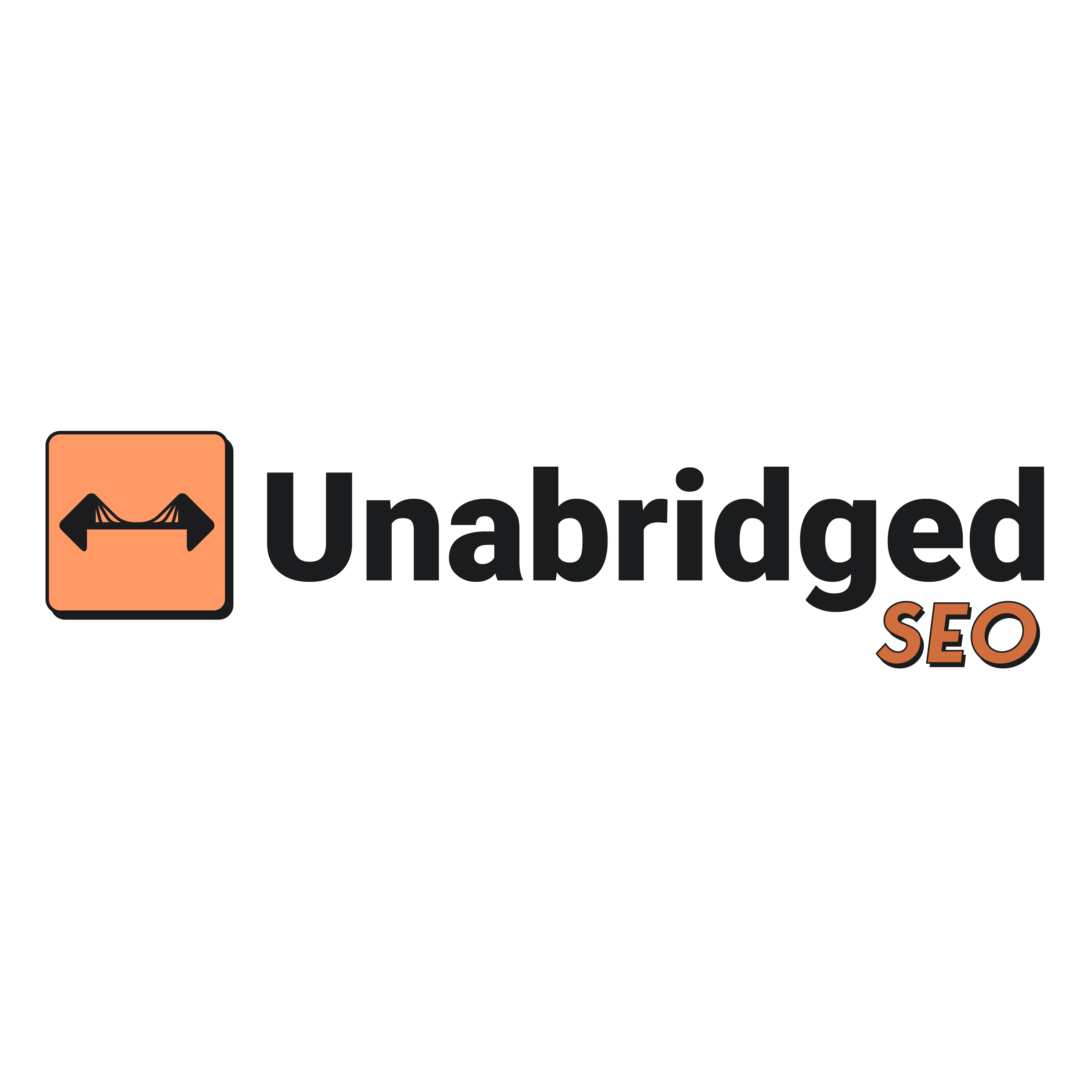In today’s digital age, having a groundbreaking app is only the first step toward success; the real challenge lies in effectively advertising it amidst a sea of competitors. Whether you’ve developed your app independently or partnered with an agency, navigating the complex world of online advertising can feel overwhelming.
This guide aims to demystify the process, offering fundamental strategies and insights to help your app stand out in a crowded marketplace. From leveraging social media platforms to optimizing app store listings, we’ll explore essential tactics that can elevate your app’s visibility and drive user acquisition. Get ready to transform your marketing approach and ensure your app reaches its full potential.
Where to Promote Your App
Promotion is the lifeblood of app success. No matter how innovative or useful your app may be, without a robust promotional strategy, it risks getting lost in the vast digital landscape.
Effective promotion not only boosts visibility but also attracts the right users, leading to higher engagement and retention rates. Understanding where to promote your app is crucial in reaching your target audience and maximizing your marketing efforts.
Here are some key platforms and strategies to consider:
- Website: Create a dedicated landing page that highlights your app’s features and benefits.
- Social Media: Utilize platforms like Facebook, Instagram, Twitter, and LinkedIn to engage with potential users and create buzz around your app.
- Search Ads: Invest in search engine marketing (SEM) to ensure your app appears prominently in search results.
- App Store Optimization (ASO): Optimize your app store listing to improve its visibility and attract more downloads.
Website
Creating a dedicated landing page or website for your app is a fundamental step in promoting it effectively. A well-designed website serves as a central hub where potential users can learn about your app’s features, benefits, and unique selling points. Here’s how to make the most of your website for app promotion:
Create a Compelling Landing Page
Your landing page should be visually appealing and provide a clear, concise overview of what your app does and why users need it. Include eye-catching graphics, screenshots, and videos that showcase your app’s interface and functionality. Ensure that your landing page loads quickly and is mobile-friendly to provide a seamless experience for visitors accessing it from various devices.
Highlight Key Features and Benefits
Clearly outline the key features and benefits of your app. Use bullet points, icons, and short descriptions to make this information easily digestible. Highlight what sets your app apart from competitors and how it solves specific problems for users.
Include Testimonials and Reviews
User testimonials and reviews add credibility and can persuade potential users to download your app. Include quotes from satisfied users, ratings, and links to detailed reviews. If possible, feature testimonials from industry experts or influencers.
Provide Download Links
Make it easy for visitors to download your app by providing prominent links to the App Store and Google Play. Use clear, attention-grabbing buttons that encourage users to take action. Consider adding a QR code that users can scan to download the app directly to their devices.
Implement SEO Best Practices
Optimize your website for search engines to increase organic traffic. Use relevant keywords in your content, meta descriptions, and alt tags. Create high-quality, informative content that addresses common user queries related to your app’s niche. Regularly update your website with fresh content to improve its search engine ranking.
Social Media
Social media platforms are powerful tools for promoting your app and engaging with a broad audience. With billions of users active on these platforms daily, leveraging social media effectively can drive significant traffic and downloads for your app.
Here’s how to maximize your app promotion through social media:
Choose the Right Platforms
Identify the social media platforms where your target audience spends the most time. Popular platforms like Facebook, Instagram, Twitter, LinkedIn, and TikTok each cater to different demographics and content types. Tailor your strategy to fit the strengths and user base of each platform.
Create Engaging Content
Develop a content strategy that includes a mix of posts such as app demos, feature highlights, user testimonials, behind-the-scenes looks, and promotional offers. Use high-quality images, videos, and graphics to capture attention. Stories, reels, and live videos are particularly effective for real-time engagement.
Utilize Hashtags and Keywords
Incorporate relevant hashtags and keywords in your posts to increase their visibility. Research popular and trending hashtags in your app’s niche and use them to reach a broader audience. Create a branded hashtag to encourage user-generated content and foster a community around your app.
Engage with Your Audience
Social media is not just about broadcasting messages; it’s also about building relationships. Respond to comments, messages, and mentions promptly. Engage with your audience by asking questions, running polls, and encouraging feedback. Showing that you value user input can enhance loyalty and trust.
Search Ads
Investing in search ads is a highly effective way to promote your app, especially when targeting users who are actively seeking solutions that your app provides.
Search ads, which appear on search engine results pages (SERPs), can drive high-quality traffic to your app by capturing the intent of users at the moment they are searching for relevant keywords.
Here’s how to optimize your search ad strategy for maximum impact:
Choose the Right Platforms
The two primary platforms for search ads are Google Ads and Bing Ads. Google Ads, being the most popular, offers a vast reach and sophisticated targeting options. Bing Ads, while less utilized, can provide cost-effective alternatives and access to a different segment of users. Evaluate which platform aligns best with your target audience and budget.
Conduct Keyword Research
Identify the keywords and phrases that potential users are likely to search for when looking for an app like yours. Use tools like Google Keyword Planner, SEMrush, or Ahrefs to find high-volume and relevant keywords. Focus on both broad keywords and long-tail keywords that capture specific user intents.
Create Compelling Ad Copy
Craft ad copy that is concise, relevant, and enticing. Highlight the unique features and benefits of your app, and include a clear call-to-action (CTA) such as “Download Now” or “Try for Free.” Ensure that your ad copy aligns with the keywords you are targeting to improve ad relevance and click-through rates.
Optimize Landing Pages
Direct users who click on your search ads to a dedicated landing page that provides detailed information about your app and encourages downloads. The landing page should be optimized for conversions, with a clear CTA, engaging visuals, and user testimonials. Ensure the landing page is mobile-friendly, as many users will be accessing it from their smartphones.
App Store Optimization (ASO)
App Store Optimization (ASO) is a crucial component of app marketing that focuses on improving your app’s visibility and attractiveness in app stores like the Apple App Store and Google Play Store.
By optimizing various elements of your app’s store listing, you can increase its chances of being discovered by potential users and encourage more downloads. Here’s how to master ASO:
Conduct Keyword Research
Just like SEO for websites, ASO starts with keyword research. Identify the keywords your target users are likely to search for. Use tools like App Annie, Sensor Tower, or Mobile Action to find high-volume and relevant keywords. Incorporate these keywords naturally into your app’s title, subtitle (iOS), and description.
Optimize the App Title and Subtitle
Your app’s title is one of the most critical factors for ASO. It should be clear, descriptive, and include relevant keywords. The title should succinctly convey what your app does and its main benefits. For iOS apps, the subtitle provides an additional opportunity to include keywords and expand on the app’s primary function.
Write a Compelling Description
The app description should be informative and persuasive. The first few lines are crucial as they appear above the fold, so make sure they capture the key benefits and features of your app. Use bullet points for easy readability and include a call-to-action encouraging users to download your app. Regularly update the description to reflect new features, updates, or promotions.
Select Relevant Categories
Choose the most appropriate category for your app to ensure it reaches the right audience. If your app fits into multiple categories, select the one where it has the best chance of ranking highly and being featured.
Create High-Quality Visuals
Visual elements such as icons, screenshots, and videos play a significant role in attracting users. Your app icon should be distinctive and professional, reflecting your brand identity. Screenshots should highlight the app’s main features and user interface. Use captions to explain what each screenshot shows. If possible, include an app preview video that demonstrates how the app works and its benefits.
Encourage Positive Reviews and Ratings
User reviews and ratings significantly impact your app’s visibility and credibility. Encourage satisfied users to leave positive reviews and ratings by prompting them within the app at appropriate times. Respond to reviews, addressing any negative feedback constructively to show that you value user input and are committed to improving the app.
Localize Your App Listing
If your app is available in multiple countries, localize your app store listing to cater to different languages and cultural preferences. This includes translating the app title, description, keywords, and visual assets. Localization can significantly boost your app’s appeal and downloads in international markets.
Monitor and Analyze Performance
Regularly monitor your app’s performance metrics, such as downloads, rankings, user reviews, and ratings. Use analytics tools provided by app stores and third-party platforms to track these metrics. Analyze the data to understand what’s working and what needs improvement. Adjust your ASO strategy based on insights gained from this analysis.
Update Regularly
Frequent updates signal to both app stores and users that your app is actively maintained and improved. Regularly update your app to fix bugs, add new features, and improve performance. Highlight these updates in your app description to inform users of new enhancements and to encourage them to update or download your app.
Closing Thoughts
Promoting your app effectively in today’s competitive landscape requires a multifaceted approach, combining various strategies to maximize visibility and user engagement. From creating a compelling website to harnessing the power of social media, investing in targeted search ads, and optimizing your app store listing, each method plays a crucial role in your overall marketing plan.
By leveraging these strategies, you can ensure that your app reaches its intended audience, stands out in a crowded market, and ultimately achieves the success it deserves. Remember, promotion is not a one-time effort but an ongoing process that requires continuous optimization and adaptation to changing trends and user preferences.
Stay proactive in monitoring your app’s performance, gathering user feedback, and refining your promotional tactics. With dedication and a well-rounded strategy, your app can thrive and make a significant impact in the digital world. Now, go out there and let your app shine!


